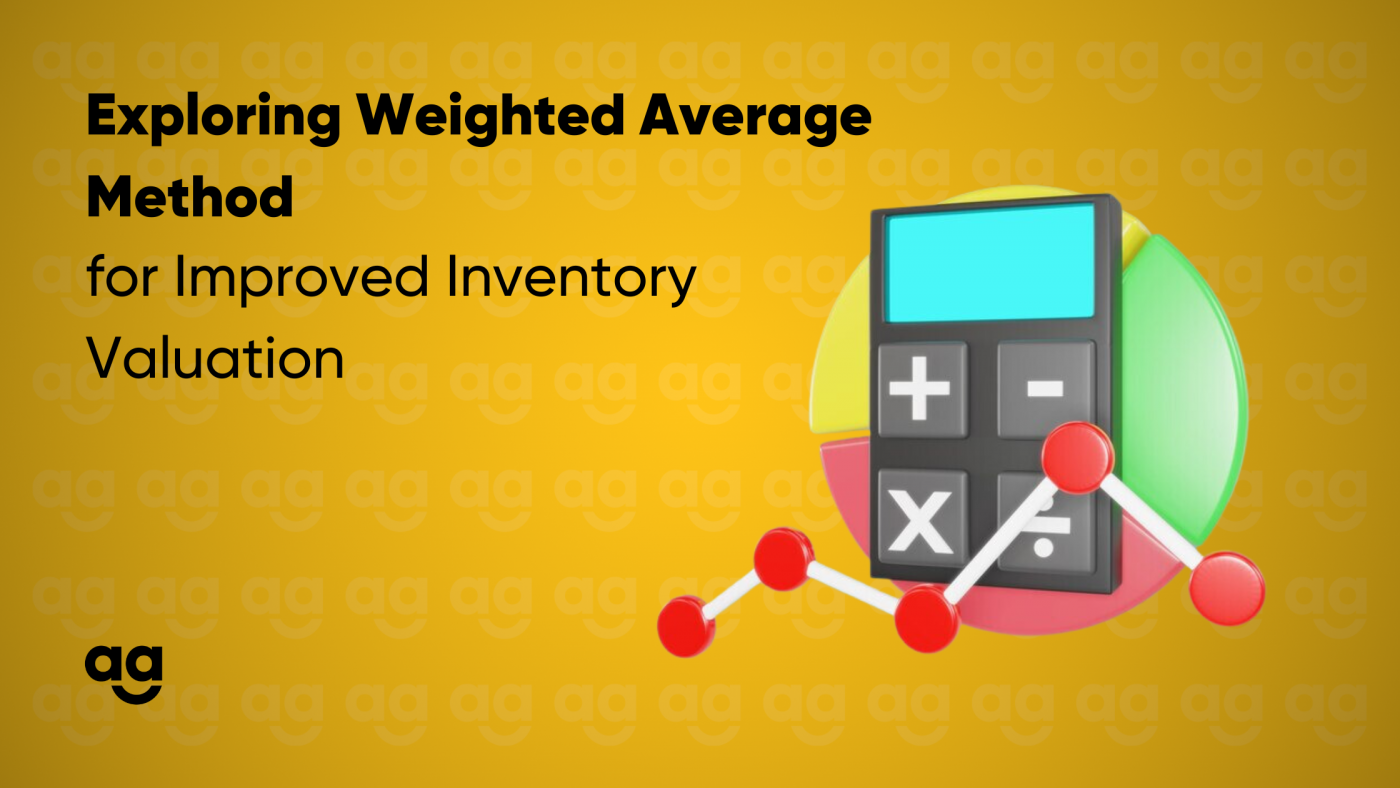Introduction
Inventory valuation is an essential component of running a successful business, and several techniques are used to precisely determine the value of the products in stock. The Weighted Average Method is one such approach that offers companies a comprehensive view of inventory value.
In-depth discussion of the Weighted Average Method and how it may be applied to improve inventory valuation will be covered. We’ll also stress on how critical a courier pricing calculator is for effective inventory management.
Understanding the Weighted Average Method in Inventory Valuation
A common method for valuing inventory that accounts for both the cost of existing stock and the cost of purchasing additional inventory is the weighted average technique. Based on both the inventory that has already been acquired and the current acquisitions, a weighted average cost per unit is derived.
Initial Stock
Start by looking at the starting inventory, which includes the amount and price of the products in stock at the beginning of the accounting period.
Additional Purchases
Include the quantity and price of each new purchase you made during the accounting period in your accounting records.
Calculate the Weighted Average Cost
The cost of the initial stock or inventory and the excess or extra purchases are added to find out the weighted average cost per unit.
Valuation
You can calculate the entire worth of the remaining inventory by dividing the weighted average cost per unit by the amount of the inventory available for sale .
The formula of weighted average method
Weighted Average Method = Cost of goods available for sale / Units available for sale
Where costs of goods available for sale are calculated as beginning inventory value + purchases.
Units available for sale are the number of units a company can sell or the total number of units in inventory and is calculated as beginning inventory in units + Purchases in units.
Importance of the Weighted Average Method in Inventory Valuation
The Weighted Average Method provides several benefits when it comes to inventory valuation.
1. Smoother cost fluctuations
The technique is a great option for organizations with unstable product costs because it helps to smooth out volatility in inventory costs. Budgeting and financial reporting are made easier by this stability.
2. Reflects actual cost flow
The strategy takes into account the average cost of both old and new inventory, correctly reflecting the actual cost flow in the business. This gives a more realistic view of ending inventory and cost of goods sold.
3. Easier to understand
The Weighted Average Method is a great option for small firms and those with simpler inventory management systems because it is clear-cut and simple to comprehend.
Incorporating a Courier Price Calculator for Inventory Management
The secret to success in the fast growing entrepreneurial world of today is effective inventory management. Understanding the cost of goods sold (COGS), which is both the cost of items and the cost of shipping and delivery, is a vital component of this. This is where a courier cost calculator is useful.
When transportation expenses make up a sizable portion of COGS, a courier pricing calculator can be a useful tool for companies wanting to optimize their inventory valuation. By using a courier price calculator, businesses can:
1. Accurately calculate shipping costs
The calculator assists firms in calculating the precise shipping costs related to each shipment, enabling a more accurate inventory value.
2. Streamline inventory management
Businesses can decide more effectively about product price and inventory replenishment by factoring shipping costs into the valuation of their inventory.
3. Monitor shipping expenses
By routinely using a courier price calculator, businesses can keep track of their shipping costs over time and see areas where they can cut costs or streamline their operations.
Conclusion
The key to efficient business management is to maximize inventory valuation. For businesses trying to precisely determine the worth of their inventory while taking cost swings into consideration, the weighted average method is an invaluable resource. With this approach, expenses are reflected more accurately, making it simpler to decide on price, inventory levels, and financial reporting.
Additionally, a courier price calculator is essential in the competitive business environment of today, where shipping prices are a big component of overall costs. You can make more strategic decisions about inventory levels, order fulfillment, and cost management by incorporating a courier pricing calculator into your inventory management procedures. This will guarantee that shipping costs are taken into account when valuing your inventory.





 Shipping
Shipping